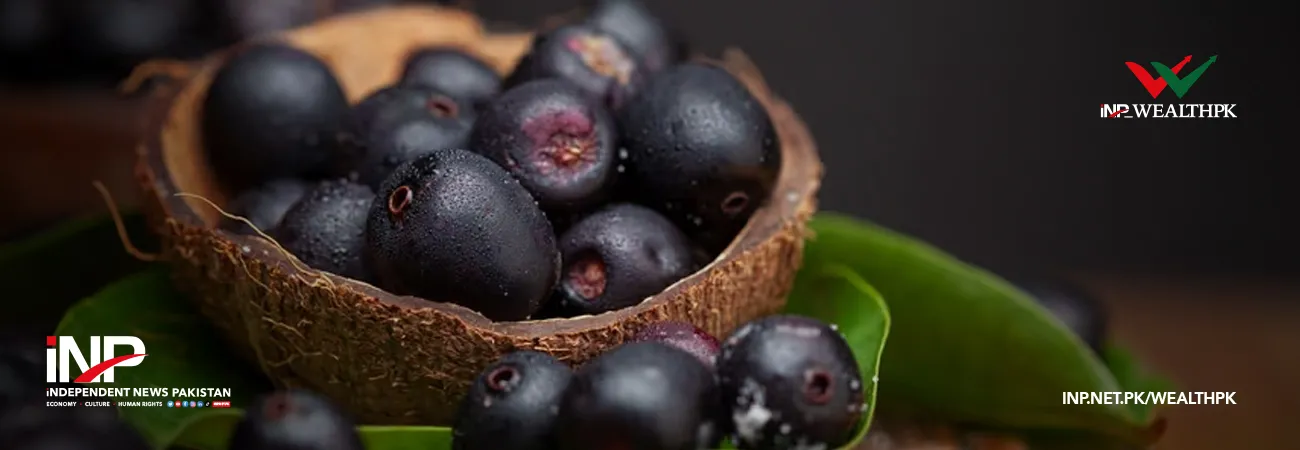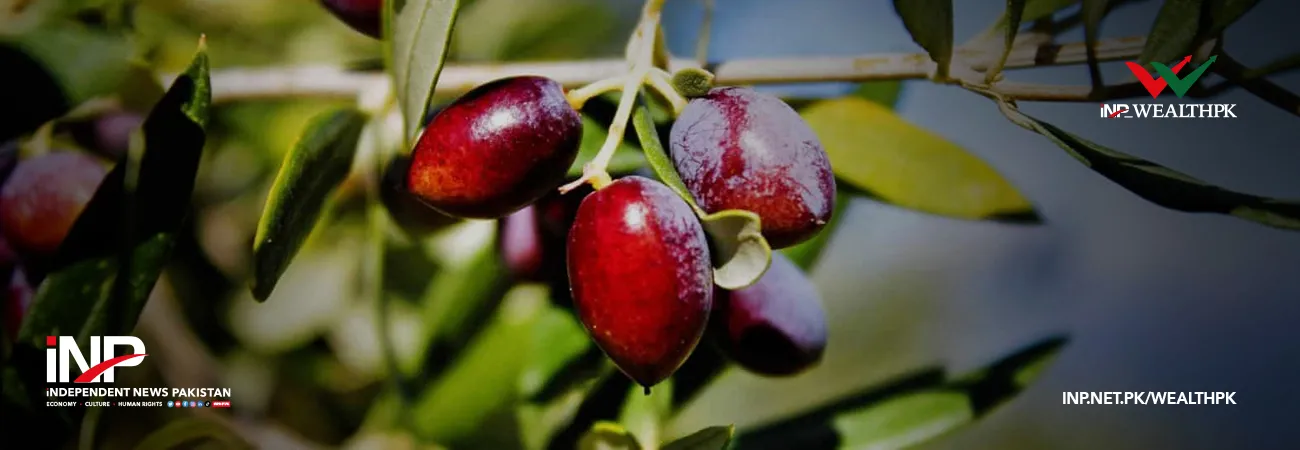INP-WealthPk
BEIJING, Aug 6 (INP): Three Transformation Strategy’-a poverty alleviation plan has turned poverty-stricken villages into a zero-poverty area and changed the fate of poor people in Liupanshui city of Guizhou province. While talking to foreign media, Zhengxue Tao who is inventor of his famous ‘Three Transformation Strategy’ said that the successful implementation of ‘Three Transformation Strategy’ and the continuous growth of tourism and agriculture industries has increased economic and social development of the city. By applying the “Three Transformations Strategy” in area, resources have been successfully transformed into assets, capitals have been converted to business equities and farmers have been made shareholders in the business companies. After the successful implementation of the strategy the whole poverty from the area has been alleviated and there is now zero poverty. “Due to poverty, he has to leave out of this village for thirty years. He came to implement his poverty plan in the 2012. There was no road in the area three years ago. Now roads and all necessary infrastructure have been constructed and People’s living standard has been improved with the support of the government and Communist Party of the China”, he added while answering a question. He added that efforts are underway to further improve agriculture, quality of life of people by providing health, education and other basic services and to improve local tourism and other industries. A leader of local municipal government said that in tole village, Shiqiao town, Panzhou city, there are thousands of ancient ginkgo trees and the oldest one is 1450 years old, with 1451 trees. But for thousands of years, these treasures have not become ordinary people's money bags. The "three changes" model was adopted, and 1451 ancient ginkgo trees in the core scenic area were taken into equity, which revitalized the resource assets. Ginkgo trees became a "cash cow". Niangniang Mountain is considered the birthplace of the “Three Transformations Strategy”, which has brought the people here a tremendous welfare as well as to all Chinese famers and it has been proved so far to be an efficient approach to help farmers have a better life. Due to this Niangniang mountain areas have thrived to be the national icon for their strategies and efforts of poverty alleviation. This strategy has been also introduced to all other provinces that are engaged in poverty alleviation. “In recent years, with the help of government, the local residents began to join the fruits industry business. Local farmers provided their lands to the fruits industry company to grow fruits like kiwifruit, prickly pear, blue berry, wax berry, pomegranate, cherry and others. Now people here are the shareholder of the fruit company as well and earning more money than ever before. Popular drinks are also made from these fruits like kiwifruit juice, prickly pear juice and so on. As for these fruits, they sell them in Guizhou province, in other provinces and even to Europe”, official said. Through the reforms due to the ‘Three Transformation Strategy’, the poor people have been linked to the development of tourism. Zheng, thirty years, a resident of local village told that at the age of 16 years age he left the area in 2004 to Guangdong and started working in furniture factory for only 400 Yuan. Now after the development in the area, he has established a family restaurant in the village and he is now earning 7000 yuan in a month. According the official information, In the first quarter of this year, the number of tourists in Liupanshui city reached to 11.09 million, an increase of 60.8% over the previous year. In 2017, liupanshui received more than 30 million tourists and realized tourism revenue of over 20 billion yuan, up by 60.84% and 57.82% respectively compared with the same period last year. In 2017, the added value of tourism accounted for 6.8% of GDP. INP/M/AJ













